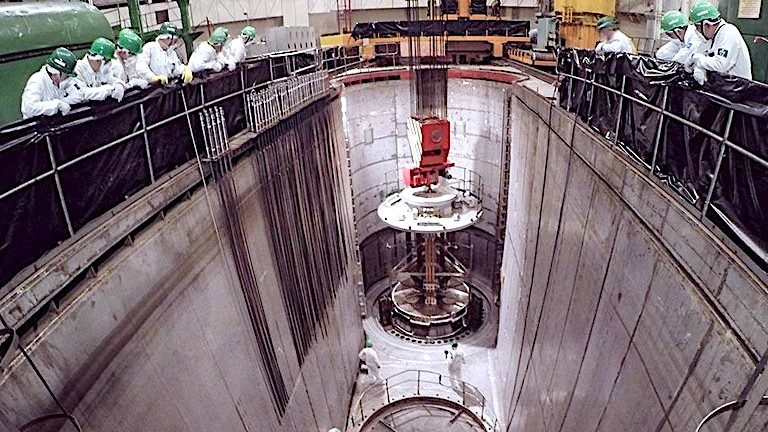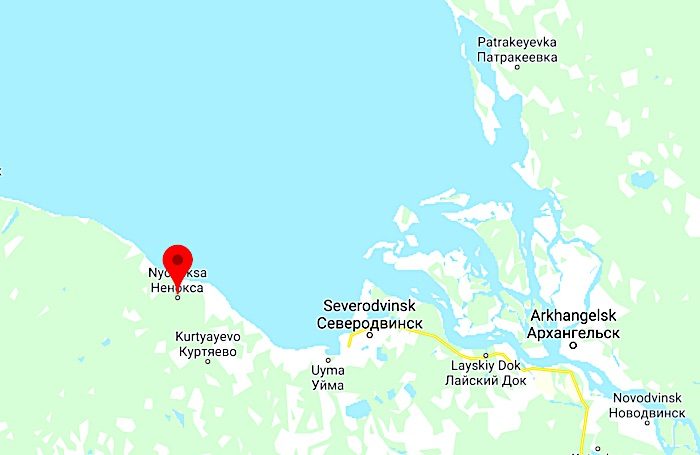
© Facebook/Rosatom GlobalScientists at Rosatom facility
The Rosatom engineering and technical team was working on the
"isotope power source" for a propulsion system on Thursday, when the accident happened. The blast resulted in a background radiation spike, which quickly returned back to normal.
"As a result of the accident at the military firing range in Arkhangelsk region during liquid reactive propulsion system tests, five employees of the state corporation Rosatom were killed," the company said. Three military and civilian specialists remain in serious condition, but their injuries are "not life-threatening."
The secrecy around the failed military test and initial tight-lipped statements by the Defense Ministry immediately triggered multiple conspiracy theories about authorities trying to conceal nothing less than a Chernobyl-scale incident.
A video of hazmat-suited specialists taking measurements on the helicopter that airlifted the burn victims only added fuel to rumors, even though the medical personnel was clearly visible unloading the injured without any additional precautions.
Adding to the confusion, social media were flooded with chilling photos and videos of a massive blast and a mushroom-like plume of black smoke - which came from a totally different incident in Siberia.
On Monday, a depot of high-caliber tank and artillery shells in Russia's Krasnoyarsk region was devastated by powerful explosions, resulting in one death and nearly two dozen injuries.The Arkhangelsk region site is one of the main research and development facilities for the Russian Navy, where sea-based ballistic, intercontinental, cruise and anti-aircraft missiles are being developed and tested. It is located some 30km west of the city of Severodvinsk, which is home to a major base of the Northern Fleet.

© Google Maps
Severodvinsk authorities placed rescue services on high alert as measurements immediately after the incident showed
background radiation levels three times above the safe limit of 0.6 microsieverts. In less than half an hour, however,
they dropped back to normal - and the daily average remained within the norms, thus posing little risk for the population, city authorities said.
"We are monitoring [the radiation levels] around the clock. Over the last 24 hours, no change was witnessed," Severodvinsk's city administration said Friday. Soil, air and water samples examined by a team of scientists lead by the federal Consumer Protection agency also found no abnormal radiation readings.
David Paulides: 'People are vanishing in urban areas'
Featured guest David Paulides observed that the many cases of upstanding young men disappearing in urban areas contradicted what one would expect from instances where someone vanishes from a city...David Paulides: 'Bow hunters are now being found in bizarre circumstances'
From the official Coast to Coast AM channel on YouTube: David Paulides also has documented cases of bow hunters' mysterious disappearances, in which they are either not found or found under very...Then considering the technology which is being used it's not surprising that these explosions seem mysterious.
At the link you can find a conventional explanation for a tractor beam. Think of cow's being sucked up
[Link]